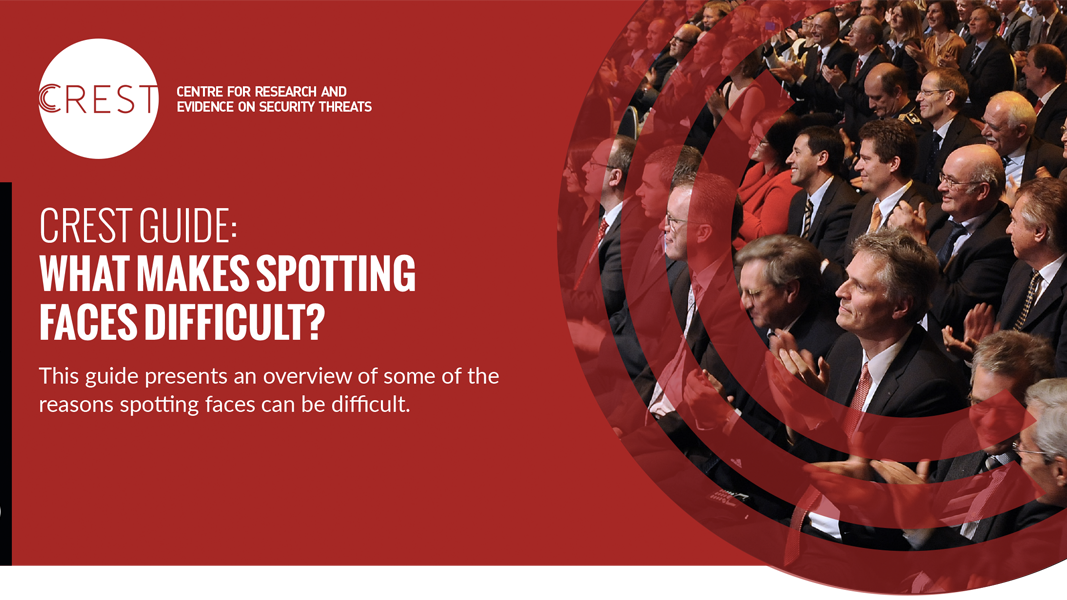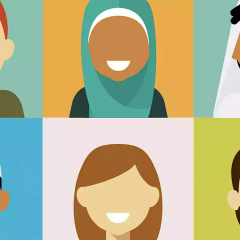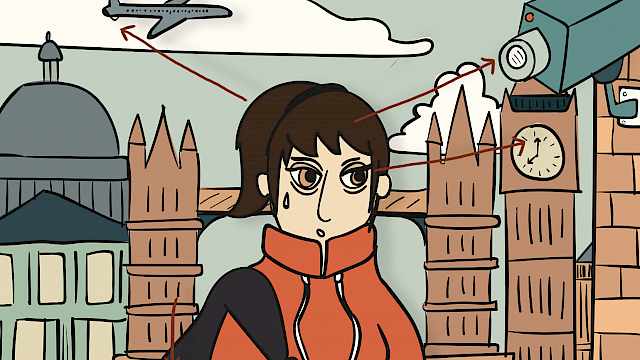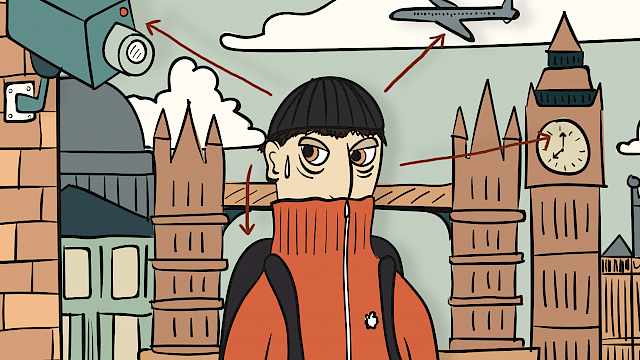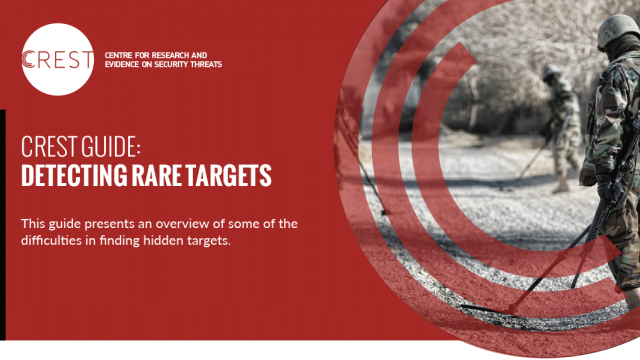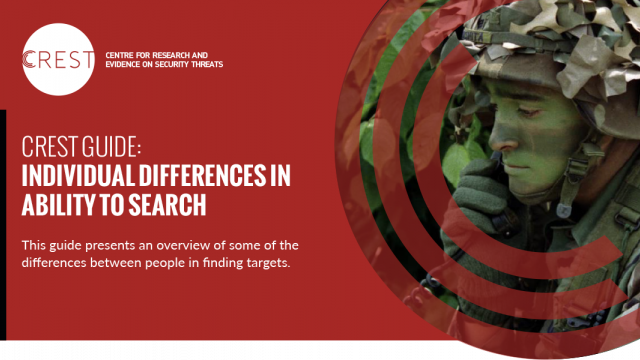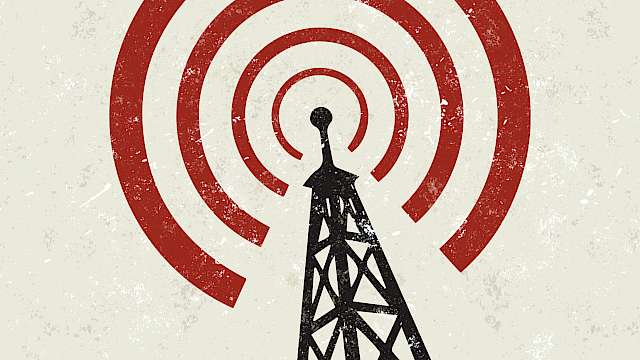Searching for faces is a fundamental task in various security-critical domains (e.g. surveillance). Sometimes people search for a face held in memory, and sometimes they match two faces seen together. These tasks require overlapping but not identical skills.
We might assume that humans can search for more than one unfamiliar face at a time. The reality is quite different.
People are good at searching for or comparing familiar faces even when the two images of the face include changes in viewpoint, lighting and expression. In comparison, searching for or comparing unfamiliar faces is very difficult. Security tasks of face matching and face recognition usually involve relatively unfamiliar faces.
Intuitively, we might assume that humans can search for more than one unfamiliar face at a time. The reality is quite different. When asked to search simultaneously for two unfamiliar faces, one is prioritised and there is a cost to searching for the second target face, regardless of how difficult the search is.
Copyright Information
As part of CREST’s commitment to open access research, this text is available under a Creative Commons BY-NC-SA 4.0 licence. Please refer to our Copyright page for full details.
